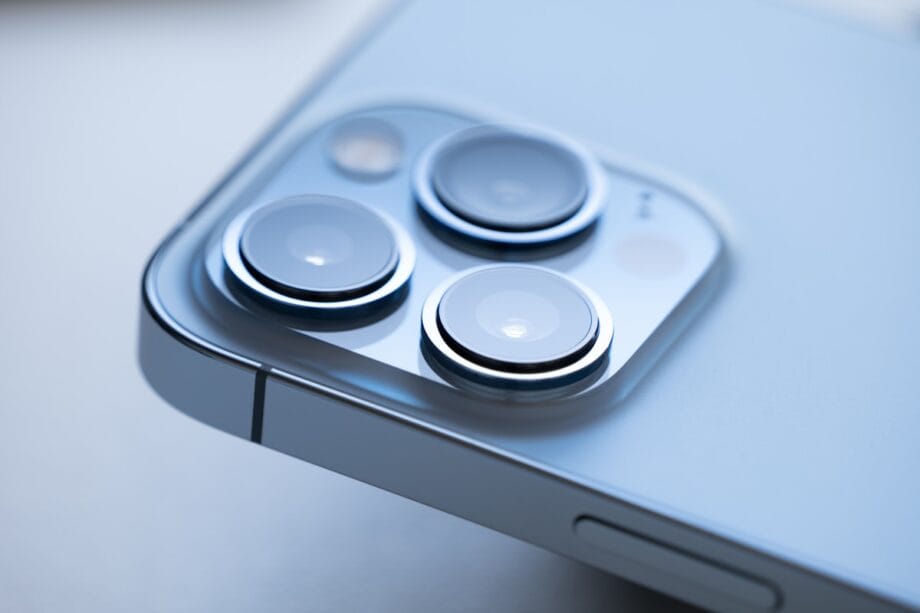iFixit Unveils In-Depth Teardown of Apple’s iPhone Air
The renowned repair website iFixit has undertaken its latest disassembly, focusing on Apple’s iPhone Air, touted as the company’s slimmest smartphone thus far. This device, measuring a mere 5.6mm in thickness, boasts an avant-garde design that signifies a notable evolution from previous iterations.
A distinctive “camera plateau” has been incorporated to house essential components, with the logic board strategically positioned within the camera bump. This ingenious arrangement permits the inclusion of a substantial, metal-encased battery while concurrently bolstering the phone’s structural resilience against bending pressure.
Initial evaluations suggest that the titanium frame exhibits commendable durability. However, iFixit’s assessments of the frame devoid of internal mechanisms unveiled certain frailties. The frame was noted to flex rather readily, attributable to plastic interstices introduced by Apple to alleviate cellular interference.
iFixit pointed out that the socio-technical implications of these vulnerabilities for users remain elusive and warrant close scrutiny.
Diving deeper, iFixit reveals that the battery utilized in Apple’s MagSafe Battery—specially designed for the iPhone Air—is identical to the one embedded within the phone itself. Boasting a capacity of 12.26 watt-hours, this battery enables effortless interchangeability between the two devices, thereby accentuating the newfound accessibility of components in this innovative design.
Despite its elegant slimness, the iPhone Air is relatively user-friendly when it comes to repairs. The arrangement is such that components are not layered upon one another, with iFixit drawing attention to the clipped-in display and easily replaceable back glass.
The battery employs an unconventional adhesive that can be disengaged using a low-voltage electrical current, a technique first introduced with the iPhone 16, now expanded to encompass additional models.
In a further leap of innovation, Apple has leveraged a 3D-printed USB-C port fashioned from a titanium alloy. Although this port is not as scratch-resistant as the phone’s frame, it retains substantial structural integrity.
Additionally, it features a modular design, enabling more straightforward replacement despite being secured with adhesive.
On the performance front, the logic board is equipped with an array of custom-engineered chips, such as the C1X 5G modem, the N1 networking chip, and the A19 Pro processor. This amalgamation represents a pioneering moment for the iPhone, presenting such a combination of proprietary Apple components.

While other iPhone 17 models also incorporate the A19 and N1 chips, the distinct inclusion of the C1X modem elevates the iPhone Air beyond its typical counterparts, which predominantly utilize Qualcomm modems.
Overall, iFixit provisionally assigned the iPhone Air a repairability score of 7 out of 10. Factors contributing positively to this evaluation include the simplicity of battery access and the relative ease of screen replacement.
Apple’s ongoing efforts to provide spare parts and repair manuals, coupled with diminished software constraints on parts compatibility, have further enhanced repairability ratings across its product line.
For an elaborate visual reconfiguration of the teardown, iFixit invites viewers to explore their comprehensive disassembly video, which meticulously illustrates the step-by-step disassembly of the iPhone Air.
Source link: News.ssbcrack.com.






